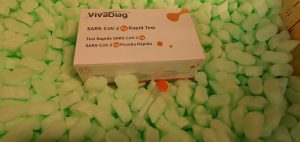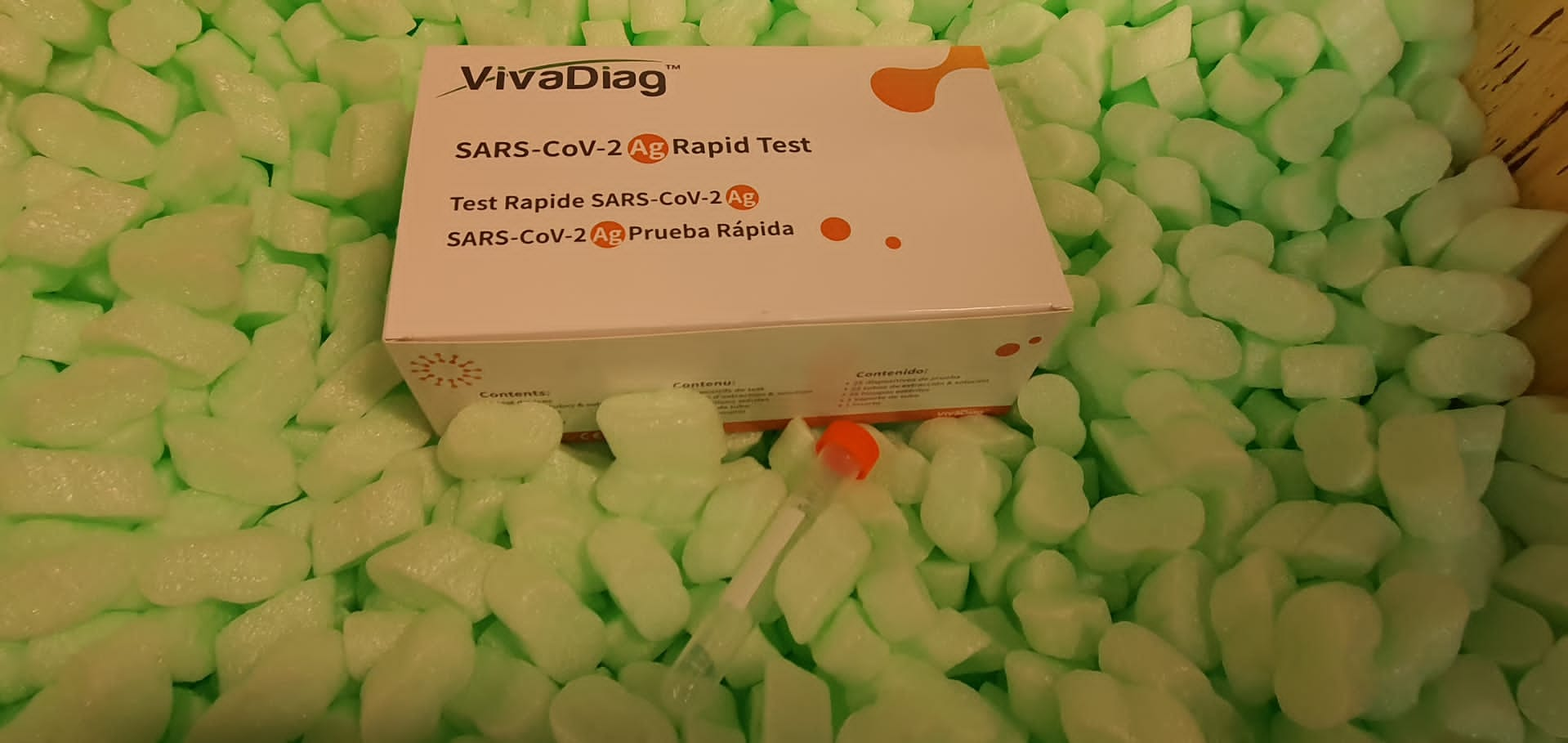Psychiatric problems exhibit an infinite burden on the well being care techniques worldwide accounting for round one-third of years misplaced attributable to incapacity amongst adults. Their etiology is basically unknown and diagnostic classification relies on symptomatology and course of sickness and not on goal biomarkers. Most psychiatric problems are reasonably to extremely heritable. However, it’s nonetheless unknown what mechanisms could clarify the discrepancy between heritability estimates and the current information from genetic evaluation. In addition to genetic variations additionally epigenetic modifications are thought of as probably related in the switch of susceptibility to psychiatric illnesses.
Though, whether or not or not epigenetic alterations will be inherited for a lot of generations is extremely controversial. In the current article, we’ll critically summarize each the genetic findings and the outcomes from epigenetic analyses, together with additionally these of noncoding RNAs. We will argue that one doable answer to the “lacking heritability” drawback in psychiatry is a potential position of retrotransposons, the exploration of which is presently solely in its beginnings. The nuclear envelope surrounds the eukaryotic genome and, by the nuclear pore complexes, regulates transport in and out of the nucleus. Correct nucleo-cytoplasm compartmentations are important for nuclear features comparable to DNA replication or restore.
During metazoan mitosis, the nuclear envelope disintegrates to permit the segregation of the two copies of DNA between daughter cells. At the finish of mitosis, it reforms on every group of chromosomes in the daughter cells. However, nuclear envelope reformation is delayed on lagging chromosomes and DNA bridges. Defects in the coordination between nuclear envelope reformation and chromosome segregation impair the nuclear features. Mechanical stress to which micronuclei and DNA bridges are subjected to mixed with their explicit structure and the altered nuclear features outcome in DNA harm.
While micronuclei and DNA bridges had been thought of for greater than 100 years as mere indicators of chromosomal instability, speedy technological advances are serving to to higher perceive the organic penalties of these aberrant nuclear morphologies. Recent research present fascinating proof that micronuclei and chromatin bridges act as a key platforms for a catastrophic mutational course of noticed in cancers referred to as chromothripsis and a set off for the innate immune response. Therefore, they might have an effect on mobile features by each genetic and non-genetic means. In abstract, easy-to-biodegrade meals contributed to the simultaneous elimination of antibiotics and ARGs in an activated sludge course of.
Simultaneous elimination of amoxicillin and antibiotic resistance genes in activated sludge course of: Contributions of easy-to-biodegrade meals
Antibiotics are constantly launched into aquatic environments and ecosystems the place they accumulate, which will increase dangers from the transmission of antibiotic resistance genes (ARGs). However, it’s tough to fully take away antibiotics by standard organic strategies, and throughout such remedy, ARGs could unfold through the activated sludge course of. Easy-to-biodegrade meals have been reported to enhance the elimination of poisonous pollution, and subsequently, this examine investigated whether or not such co-substrates might also lower the abundance of ARGs and their transferal.
This examine investigated amoxicillin (AMO) degradation utilizing 0-100 mg/L acetate sodium as co-substrate in a sequencing organic reactor. Proteobacteria, Bacteroidetes, and Actinobacteria had been recognized as dominant phyla for AMO elimination and mineralization. Furthermore, acetate addition elevated the abundances of adeF and mdsC as efflux resistance genes, which improved microbial resistance, the coping capacity of AMO toxicity, and the restore of the harm from AMO. As a outcome, acetate addition contributed to virtually 100% AMO elimination and stabilized the chemical oxygen demand (~20 mg/L) in effluents when the influent AMO fluctuated from 20 to 100 mg/L.
Moreover, the complete abundance of ARGs decreased by roughly ~30%, and the proportion of the most dominant antibiotic resistance micro organism Proteobacteria decreased by ~9%. The complete abundance of plasmids that encode ARGs decreased by as a lot as ~30%, implying that the ARG spreading dangers had been alleviated. While the phenotypic characterization of detected recombinants was past the scope of our evaluation, the identification of transmitted recombinants involving substitutions of concern underscores the must maintain efforts to observe the emergence of new genotypes generated by recombination.

Recombinant SARS-CoV-2 genomes are at present circulating at low ranges
Viral recombination can generate novel genotypes with distinctive phenotypic traits, together with transmissibility and virulence. Although the capability for recombination amongst betacoronaviruses is effectively documented, there may be restricted proof of recombination between SARS-CoV-2 strains. By figuring out the mutations that primarily decide SARS-CoV-2 clade construction, we developed a light-weight strategy for detecting recombinant genomes. Among the over 537,000 genomes queried, we detect 1175 putative recombinants that comprise a number of mutational markers from distinct clades.
[Linking template=”default” type=”products” search=”Goat antibody to or anti-Human lambda” header=”2″ limit=”163″ start=”2″ showCatalogNumber=”true” showSize=”true” showSupplier=”true” showPrice=”true” showDescription=”true” showAdditionalInformation=”true” showImage=”true” showSchemaMarkup=”true” imageWidth=”” imageHeight=””]
Additional phylogenetic evaluation and the noticed co-circulation of predicted guardian clades in the geographic areas of publicity additional help the feasibility of recombination in these detected circumstances. An evaluation of these detected circumstances didn’t reveal any proof for recombination hotspots in the SARS-CoV-2 genome. Although most recombinant genotypes had been detected a restricted quantity of instances, no less than two recombinants are actually broadly transmitted. Recombinant genomes had been additionally discovered to comprise substitutions of concern for elevated transmissibility and decrease vaccine efficacy, together with D614G, N501Y, E484Ok, and L452R. Adjusting for an unequal chance of detecting recombinants derived from completely different guardian clades, and for geographic variation in clade abundance, we estimate that at most 5% of circulating viruses in the USA and UK are recombinant.

